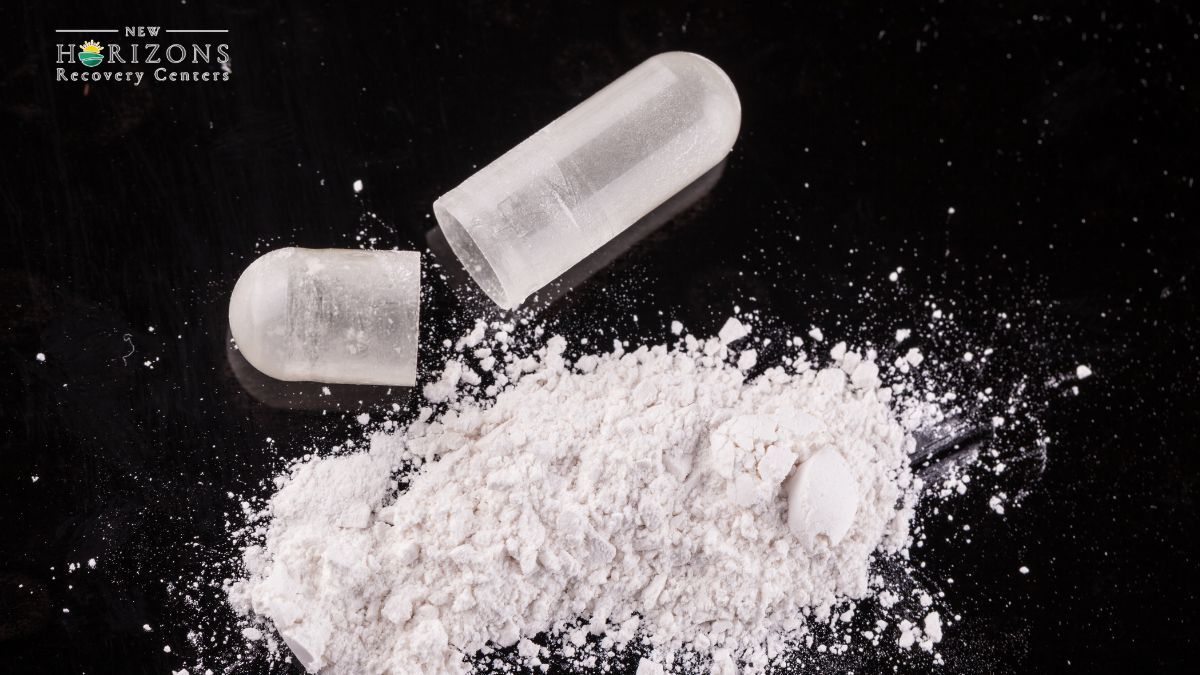Key Points:
- Peer pressure, trauma, and mental health issues are major contributors to youth drug abuse.
- Family environment, social media, and accessibility also play a significant role.
- Understanding these causes is the first step toward prevention and long-term recovery.
Substance abuse among young people can be difficult to talk about—but avoiding the conversation won’t make it disappear. For parents, guardians, educators, or even concerned friends, understanding the causes of drug abuse among youths is an important part of helping a young person in need.
Teen and adolescent years are full of transition, uncertainty, and emotional highs and lows. That’s why it’s not surprising that some youths turn to drugs as a form of escape or experimentation. But there’s always a deeper reason behind that choice. By uncovering the “why,” we can begin building support systems that prevent drug use from escalating—and possibly save lives.
The Role of Peer Pressure and Social Influence
Adolescents crave acceptance. Fitting in feels like everything. For many, especially those without a strong sense of self or positive peer groups, that pressure can become overwhelming.
How peer influence fuels drug experimentation:
- Fear of rejection: Teens may use substances simply to avoid being left out.
- Modeling behavior: If friends or older peers use drugs, it may seem “normal” or even cool.
- Desire for approval: Some teens think using drugs will help them earn respect or be seen as more mature.
At this age, brains are still developing, particularly in areas linked to impulse control and risk assessment. This means youths are neurologically more likely to take risks and ignore consequences.
What can be done:
- Encourage healthy friendships by involving teens in clubs, sports, or volunteer work.
- Teach assertiveness and refusal skills—role-playing can be helpful.
- Open a judgment-free space for conversation. If a teen feels safe confiding in you, they’re more likely to be honest.
.jpg)
Underlying Mental Health Conditions
Another major cause of drug abuse among youths is unmanaged mental health struggles. Many teens experience anxiety, depression, ADHD, trauma-related symptoms, or mood disorders—and they often do so silently. Rather than seeking therapy, they may turn to substances to dull the pain.
Why this is so common:
- Stigma and fear of judgment prevent many youths from seeking professional help.
- Lack of access to mental health resources in schools or underserved communities.
- Self-medication becomes a coping mechanism, even if it leads to dangerous consequences.
Substances like alcohol, marijuana, or prescription stimulants are often misused under the false belief that they can help with sleep, focus, or emotional pain.
Supportive solutions include:
- Making mental health education part of school programs.
- Encouraging therapy and removing stigma around getting help.
- Teaching healthy coping strategies like journaling, mindfulness, or exercise.
Family Dynamics and Home Environment
The household a young person grows up in greatly influences their behaviors and attitudes toward substances. If drug use is normalized at home, or if there’s a lack of emotional support, supervision, or structure, the chances of abuse increase.
Specific family-related risk factors:
- Parental substance use: If caregivers misuse drugs or alcohol, it can appear acceptable or inevitable.
- Neglect or abuse: Youths may turn to drugs as a way to escape a painful home life.
- High conflict or divorce: Instability and stress at home can lead to emotional overwhelm and risky choices.
This doesn’t mean all teens from tough homes use drugs, nor that good parenting guarantees prevention. But stable, supportive relationships absolutely make a difference.
What families can do:
- Foster open communication and trust.
- Set clear rules and expectations around substance use.
- Get involved in your teen’s life—know their friends, routines, and online activity.
Easy Access to Drugs and Alcohol
Another critical but often overlooked cause of drug abuse among teens is simply how easy it is to get substances. Youth don’t always need a dealer to find drugs. Sometimes they’re in the medicine cabinet or brought to parties by friends. Accessibility lowers the barrier for experimentation.
Common sources include:
- Prescription medications at home
- Older siblings or friends
- Parties, concerts, and online vendors
The availability of drugs, especially prescription pills and vaping products, has grown in recent years. In some cases, youth might not even know what they’re taking due to unregulated or counterfeit products.
Prevention strategies:
- Lock up prescription medications and dispose of old ones properly.
- Talk openly about the dangers of fentanyl-laced or mystery pills.
- Monitor social media usage, where some teens learn about or are offered substances.
Influence of Social Media and Pop Culture
In the digital age, teens are constantly exposed to messaging that glorifies drug use. This can distort their understanding of the risks involved. From influencers posting party content to music videos glamorizing a “high” lifestyle, the normalization of substance use is more powerful than ever.
Why this matters:
- Repeated exposure can desensitize youth to real-life consequences.
- Trendy language like “lean” or “perk” makes drug use sound fun or harmless.
- Fear of missing out (FOMO) pushes teens to mimic behaviors they see online.
Even when messages are subtle, they can shape attitudes. The more teens see their role models or peers engaging in substance use, the more “normal” it appears.
Countermeasures:
- Discuss the content they’re consuming—don’t just restrict it, unpack it together.
- Encourage them to follow accounts or creators promoting positive mental health and lifestyle choices.
- Use media literacy tools to help them question what’s real and what’s marketing.
Low Self-Esteem and Identity Struggles
Adolescence is often a time of self-discovery—but it can also be a time of deep insecurity. For some youths, not knowing who they are or feeling inadequate leads to emotional pain they don’t know how to handle.
This is especially true for those who experience:
- Bullying or exclusion
- Academic pressure or failure
- Conflicts around gender or sexual identity
When youth don’t feel accepted for who they are, drugs can feel like an escape. They may believe substances will help them feel more confident, relaxed, or numb to internal battles.
Helpful strategies:
- Provide positive reinforcement and celebrate their strengths.
- Help them find safe spaces where they feel seen and accepted.
- Encourage professional support if identity struggles are ongoing.
Preventing Youth Drug Abuse: What Really Helps
Understanding the causes of drug abuse among youths is only the beginning. Prevention requires a multi-layered approach, including education, support, boundaries, and early intervention. Here are some concrete steps that make a real impact:
- Build strong relationships. Youth are more likely to open up when they trust the adults around them.
- Start conversations early. Waiting until high school may be too late. Talk about substances in age-appropriate ways starting in middle school.
- Watch for warning signs. Sudden behavior changes, declining grades, secrecy, or physical symptoms could be red flags.
- Seek professional help. If you suspect drug use, early treatment is more effective than waiting for a “rock bottom” moment.
Prevention isn’t about scaring teens—it’s about equipping them with tools to make safer choices. They want guidance more than they let on.
Take the First Step Toward Recovery with Help That Cares
If your teen or someone you love is already struggling, don’t wait. Getting help now can make all the difference in their life trajectory.
At New Horizons Recovery Centers, we offer a compassionate and comprehensive drug addiction treatment program in Ohio and Pennsylvania that supports youth and families at every stage of recovery. Our team understands the unique challenges young people face and offers evidence-based, personalized care that meets them where they are.
Take action today. Reach out to us today and explore your options. The path to recovery may be challenging, but with the right support, it’s absolutely possible.





-ink.jpeg)
-ink.jpeg)
